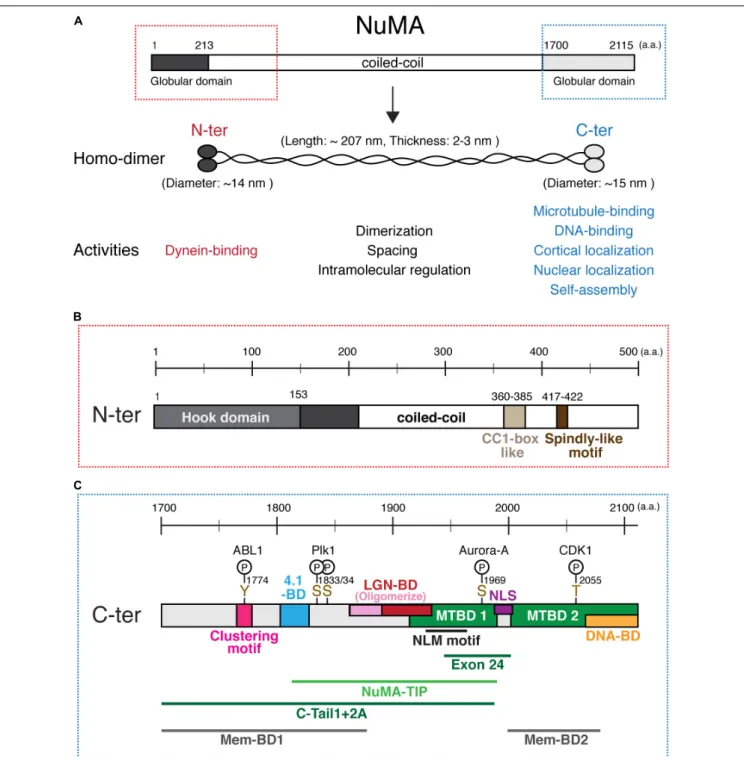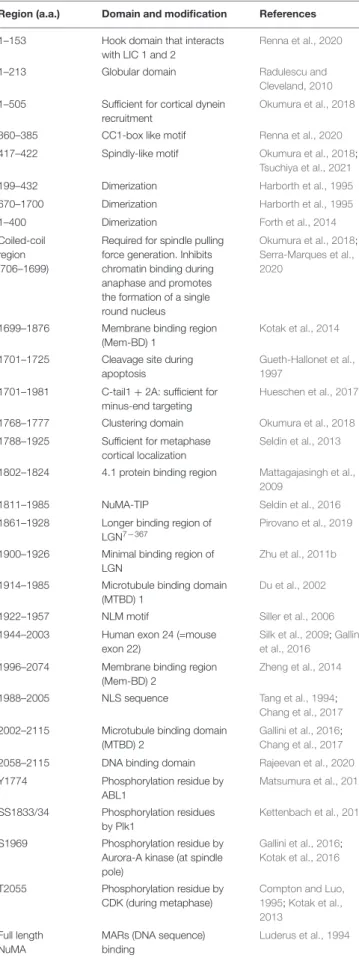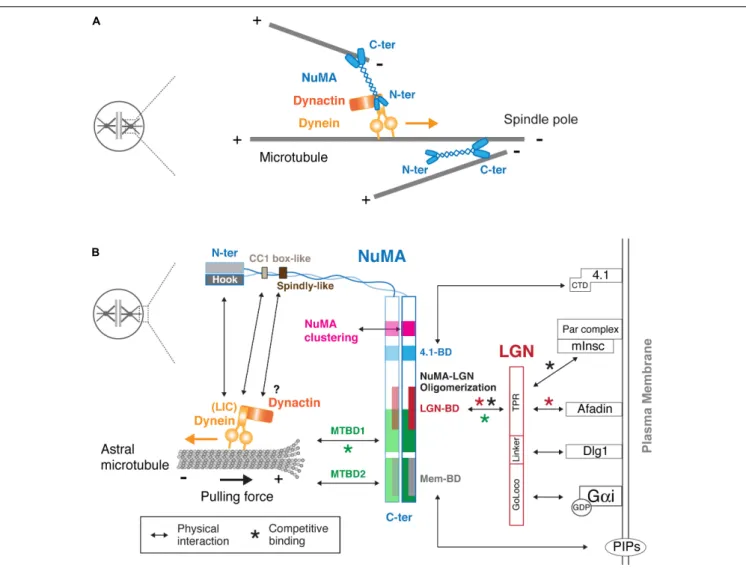The Nuclear Mitotic Apparatus (NuMA) Protein: A Key Player for Nuclear Formation, Spindle Assembly, and Spindle Positioning
全文
図




関連したドキュメント
The proof uses a set up of Seiberg Witten theory that replaces generic metrics by the construction of a localised Euler class of an infinite dimensional bundle with a Fredholm
Using the batch Markovian arrival process, the formulas for the average number of losses in a finite time interval and the stationary loss ratio are shown.. In addition,
[Mag3] , Painlev´ e-type differential equations for the recurrence coefficients of semi- classical orthogonal polynomials, J. Zaslavsky , Asymptotic expansions of ratios of
I ) basic cellular material which is used by living cells as raw material for mitosis; 2) a generic non-utilisable material which may inhibit mitosis. Numerical
Wro ´nski’s construction replaced by phase semantic completion. ASubL3, Crakow 06/11/06
For the year ended March 31, 2013, TEPCO recorded an operating loss due mainly to the decrease in the volume of nuclear power generation and increased fuel expenses resulting
In order to provide for compensation payments for nuclear damages concerning the accident of Fukushima Daiichi Nuclear Power station damaged by the Tohoku-Chihou-Taiheiyou-Oki
Reaching for Sustainability TEPCO's Corporate Governance and CSR The TEPCO Group's Environmental Initiatives The TEPCO Group and the Community TEPCO and Nuclear Power In Japan, there